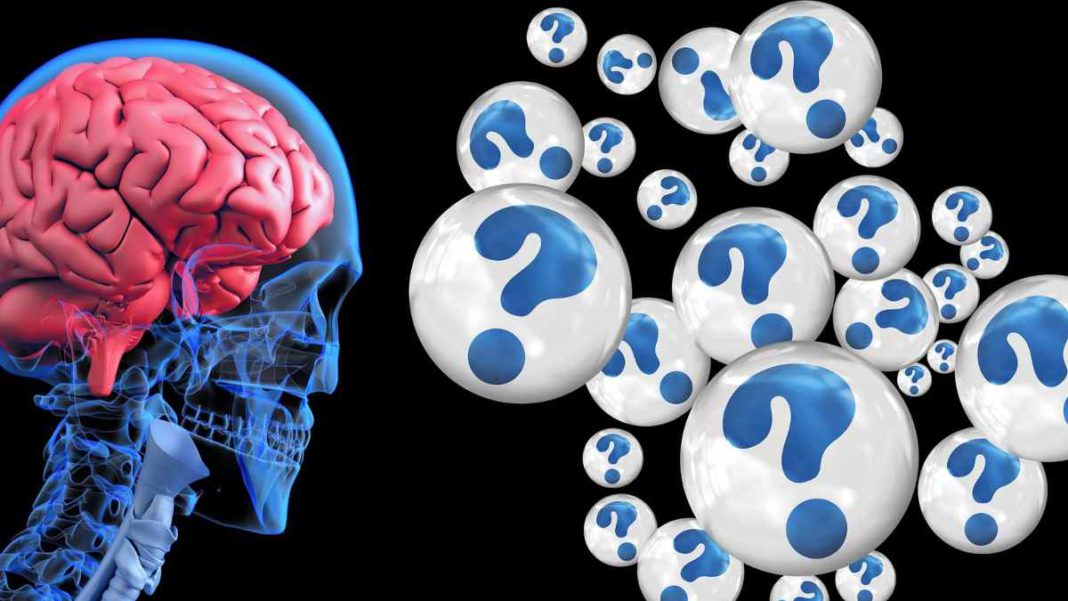UNITED STATES: In a momentous conclusion to a wager that spanned a quarter-century, esteemed neuroscientist Christof Koch and philosopher David Chalmers have acknowledged defeat in their bet over the origins of consciousness.
Their friendly dispute, which began over drinks in a smoky bar in Bremen, Germany, in 1998, centered on whether science would unveil the brain’s relationship with consciousness within the subsequent 25 years.
Now, at the 26th annual conference of the Association for the Scientific Study of Consciousness (ASSC) in New York City, Koch publicly admitted that the mystery of consciousness remains unsolved, thus awarding victory to Chalmers.
From the outset, Chalmers expressed skepticism that science could fully decipher the enigma of consciousness, while Koch remained optimistic about the prospect of a definitive discovery.
Their wager—a case of fine wine—was soon forgotten until science journalist Per Snaprud stumbled upon a forgotten recording of his 1998 interview with Chalmers, reigniting interest in the bet’s outcome. Over the past two-and-a-half decades, the scientific community has witnessed a surge in research aimed at unraveling the intricacies of consciousness.
Koch and Chalmers, prominent figures in this field, found themselves collaborating within the framework of a Templeton Foundation initiative that encouraged adversarial experiments between rival researchers. This project sought to expedite progress by holding theorists accountable for their predictions through rigorous testing.
The culmination of this endeavor came in the form of a groundbreaking study unveiled at the recent ASSC conference. In the study, the Global Network Workspace Theory (GNWT) and the Integrated Information Theory (IIT) were pitted against one another.
IIT suggests that consciousness emerges from specific neuronal connections within the posterior cortex, while GNWT proposes that consciousness results from the broadcasting of information across interconnected brain regions, with the prefrontal cortex playing a pivotal role.
To ensure objectivity and reliability, six independent laboratories meticulously followed a pre-determined protocol and employed diverse complementary methods to measure brain activity.
However, the results, yet to undergo peer review, failed to align perfectly with either theory, leaving researchers without a definitive answer.
While IIT showed promise with indications of sustained information in the posterior cortex, the predicted synchronization between different brain regions did not materialize.
GNWT, too, faced challenges, as the expected broadcasting at the end of an experience was not observed in certain aspects of consciousness within the prefrontal cortex. Consequently, proponents of both theories must revise their respective mechanisms in light of the newly emerged evidence.
Despite the inconclusive results, Chalmers remains steadfast in his belief that this setback is merely a chapter in the ongoing quest to understand consciousness.
Acknowledging the progress made in the field, he describes the journey as a gradual transformation from a philosophical to a scientific mystery, one that continues to be explored with increasing scientific rigor.
Koch, known for his unwavering dedication to unlocking the secrets of consciousness, expressed his commitment to intensify his research efforts.
Actively studying IIT and GNWT in animal models, he remains hopeful that future advancements and improved techniques will propel the field closer to a breakthrough.
In fact, when asked about the possibility of another wager, Koch responded with determination, stating, “I’d double down,” emphasizing the need for a realistic timeframe to coincide with his age and the rapid pace of scientific development.
The settlement of the wager was marked by Koch presenting Chalmers with a case of fine Portuguese wine, symbolizing the convergence of minds, the pursuit of scientific understanding, and the intertwining of friendly rivalry within the scientific community.
While the origin of consciousness remains an enigma, the adversarial collaborations between researchers, as witnessed in this study, hold great promise for advancing our understanding of the human mind.
With each experiment and collaboration, humanity moves closer to unraveling the secrets that lie within our extraordinary consciousness.
Also Read: NASA’s Discovery of Carbon Molecule in Space Offers Glimpse into Potential for Extraterrestrial Life



